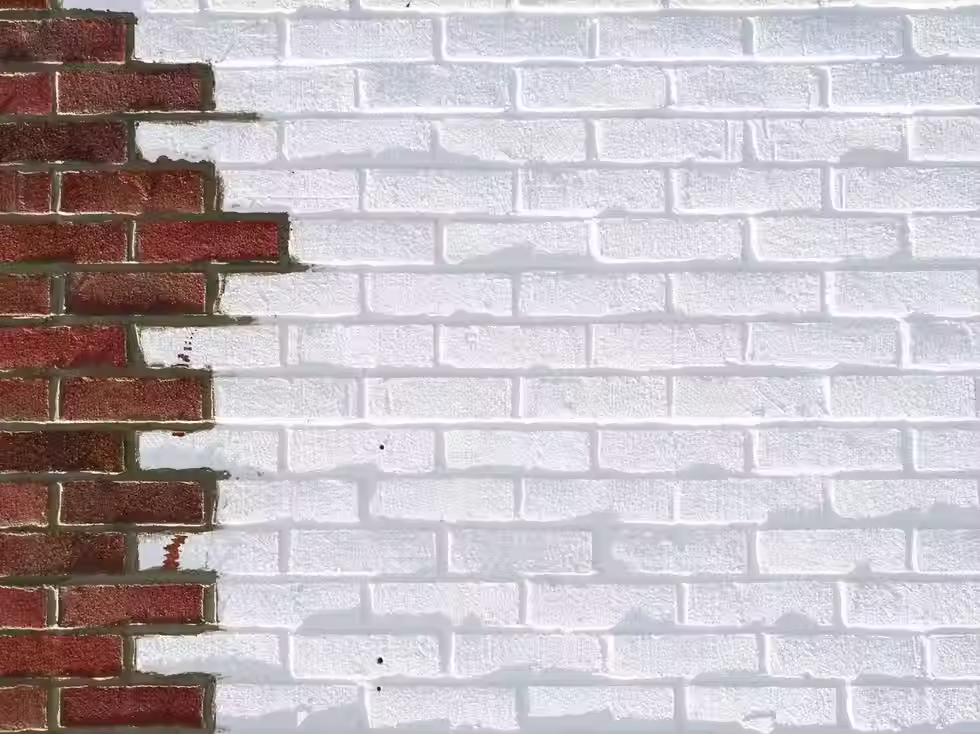Exterior Painting Guide: How to Achieve a Long-Lasting, Professional Finish
- Laura Stejskalova
- May 14
- 3 min read
A nice-looking exterior can make your home more attractive, protect it from damage, and even raise its value. But a great paint job isn’t just about picking a nice color. It takes good planning, the right materials, proper painting techniques, and regular care.
In this article, we’ll explain everything you need to know to make sure your exterior paint lasts a long time.
But first, why is it important to have your home painted by a professional?
The Importance of a Professional Exterior Paint Job
Painting the outside of your home isn’t just about making it look nice. It also helps in other important ways:
Protects your home – Good paint keeps out moisture, sun damage, and bad weather.
Saves energy – Light colors can keep your home cooler in the summer, while dark ones can help keep it warmer in the winter.
Prevents damage – A solid paint job can stop things like wood rot, rust, or surface wear on materials like stucco or metal.
Painting the outside of your home is best done by professionals. They know what they’re doing and have a team to get the job done quickly and well. Adam’s experienced crew can handle anything – from small paint jobs to full exterior or even industrial projects.

Planning and Preparing for Your Exterior Paint Job
A successful exterior paint project starts long before the first brushstroke. From assessing your home's condition to choosing the right products and timing, here’s how to set yourself up for lasting results.
1. Evaluate Your Home’s Exterior
Begin by taking a good look at the current state of your exterior. Check for peeling paint, cracks, or water damage—these issues should be fixed before painting to avoid future problems. Take note of what surfaces you're dealing with, as different materials (like wood, stucco, brick, or metal) require different paint types and primers. Finally, set a realistic budget that includes paint, tools, and possibly professional help if needed.
2. Pick the Right Time
Timing matters. Choose a dry, mild season—spring or early fall is ideal. Avoid painting during periods of high humidity, intense heat, or freezing temperatures, as these can affect how well the paint adheres and dries. Make sure you have a few clear days to allow proper curing.
3. Put Safety First
If you're doing the work yourself, make safety a priority. Use sturdy ladders or scaffolding, wear gloves and safety glasses, and consider a harness if you're working at height. Also, clear the area by moving or covering outdoor furniture, plants, or anything else you don’t want to get splattered.

Surface Preparation: The Key to a Long-Lasting Finish
Great results start with a well-prepped surface.
Cleaning
Start by pressure washing to remove dirt, mildew, and loose paint. For tougher spots, scrub with a material-appropriate cleaning solution. A clean surface helps new paint stick better and last longer.
Repairs
Next, scrape off peeling paint and sand rough areas. Fill any cracks or holes with exterior-grade caulk or wood filler, then sand once dry. If you find rotten wood or severely damaged stucco, it’s best to replace it before painting.
Priming
Priming ensures better paint adhesion and extends the life of your paint job. Use a high-quality, exterior-grade primer that suits your surface type. Oil-based primers work well on wood and metal, while latex primers are great for masonry and previously painted areas. Apply a thin, even coat and let it dry completely.
The Final Word
A long-lasting, professional exterior paint job is an investment in your home’s beauty and structural integrity. With careful planning, proper surface preparation, quality materials, and expert techniques, you can achieve a finish that not only enhances your home’s appearance but also protects it against the elements for years to come.



コメント